Worm Census 2017
I like to use the worm population of my raised beds as a guide to how healthy the soil is. If you have lots of worms, 10 per cubic foot is a good average. Then the chances are your soil is healthy.
This is the census for the raised bed I started 2 years ago. Start by roughly measuring a square foot then place this soil on a plastic sheet. Then gently sift the soil and count your worms.
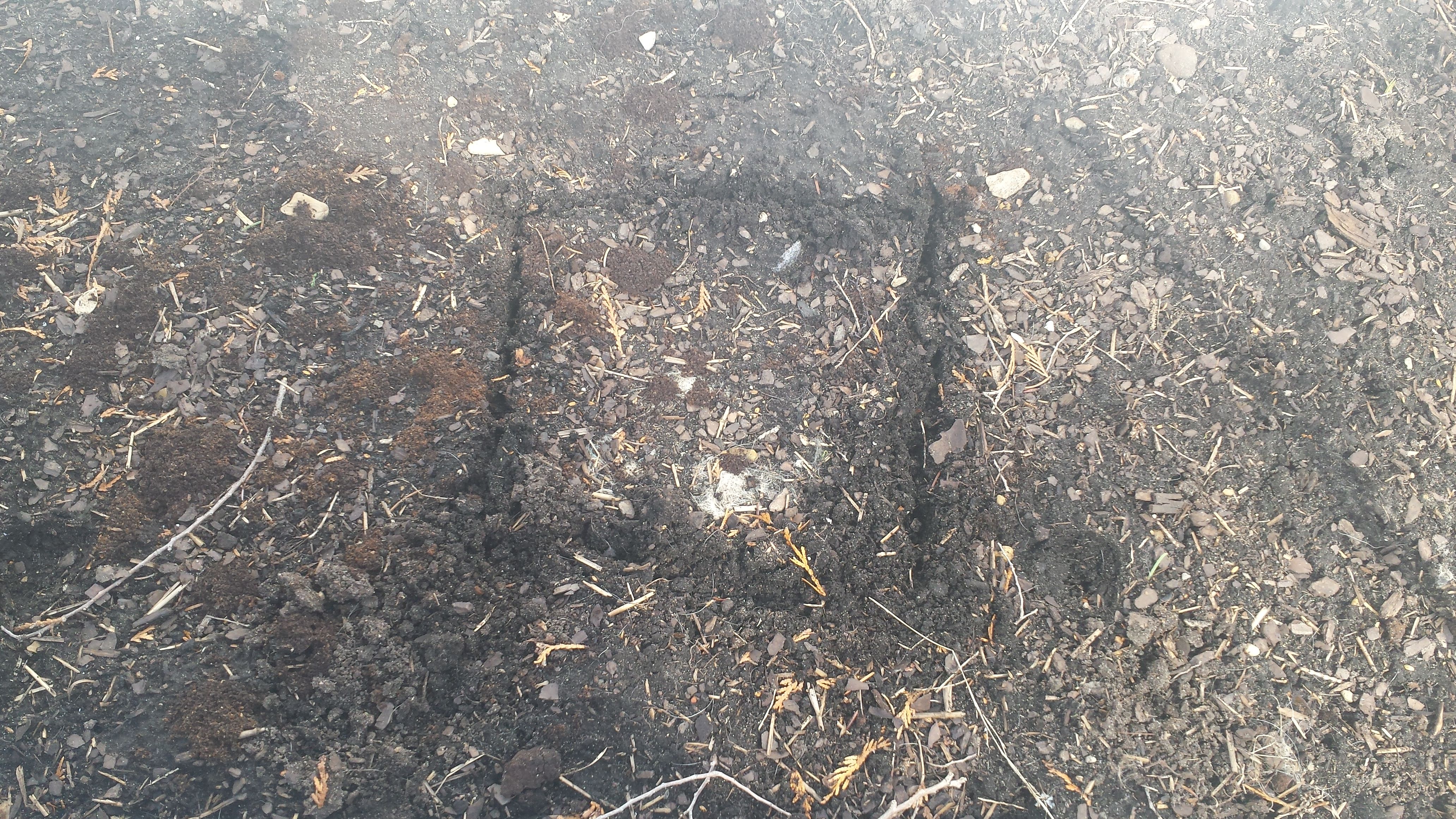
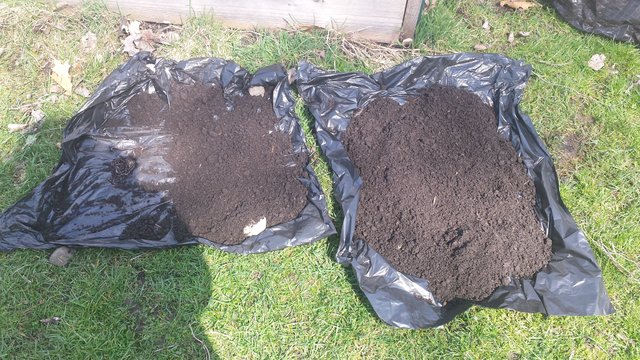 ![20170402_121619.jpg]
![20170402_121619.jpg]
(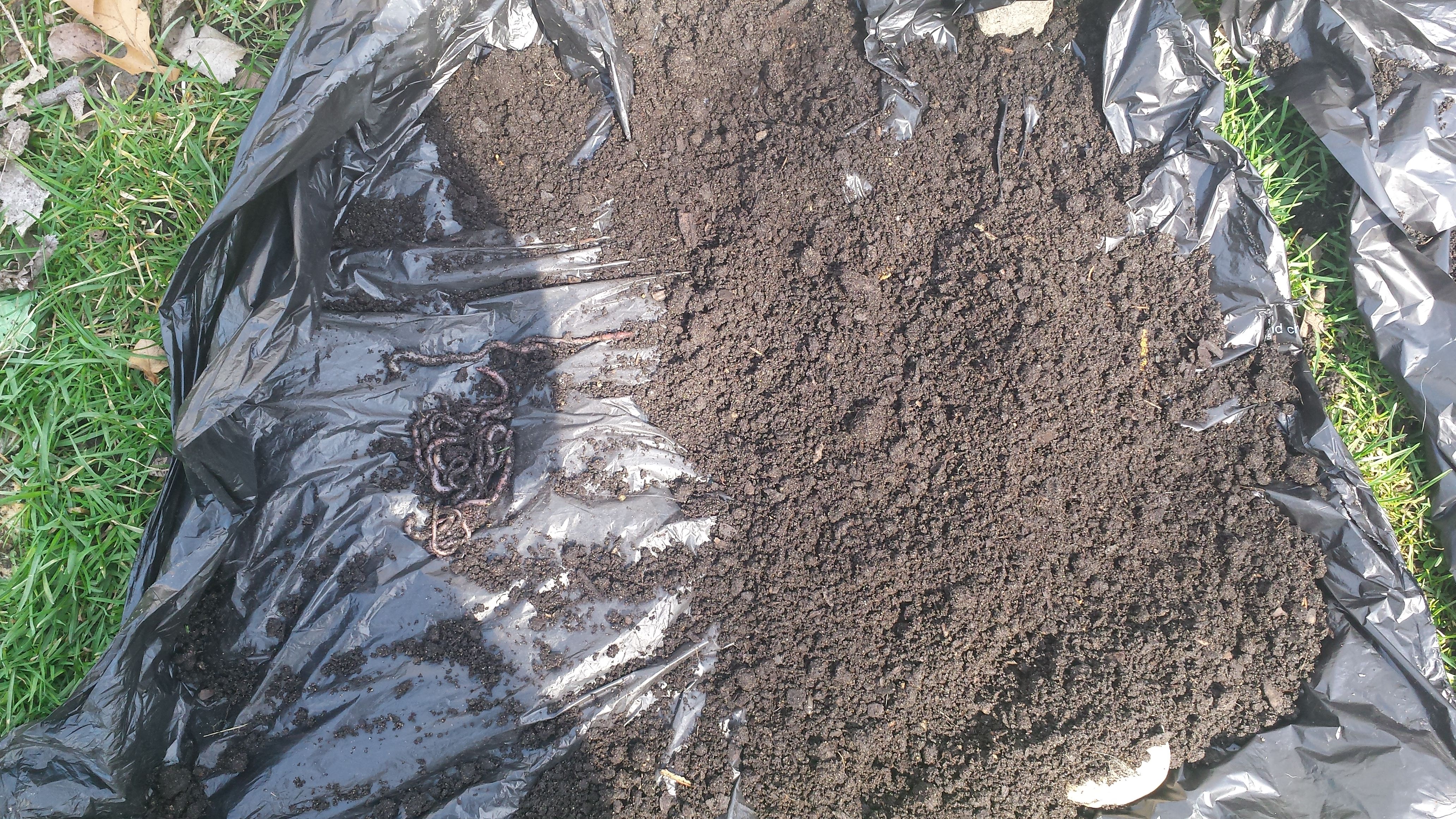 )
)
I was pleased to find 20 worms in this soil sample. This was a raised bed started from scratch 2 years ago, so I'm happy with this result. I was lucky to have good sub soil. If your starting in a suburban area where the soil is heavy clay it will take longer to build up the population since most builders remove all the topsoil before beginning construction.
My 2nd bed was started 1 year ago.
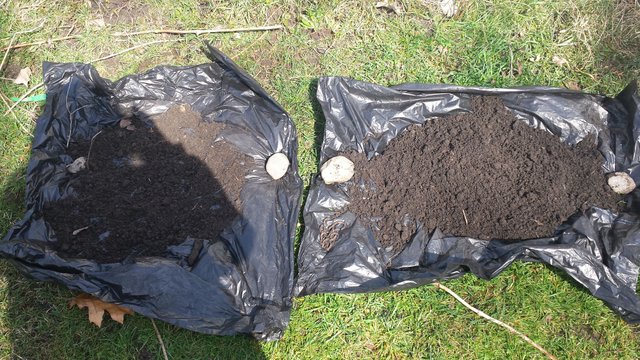 !
!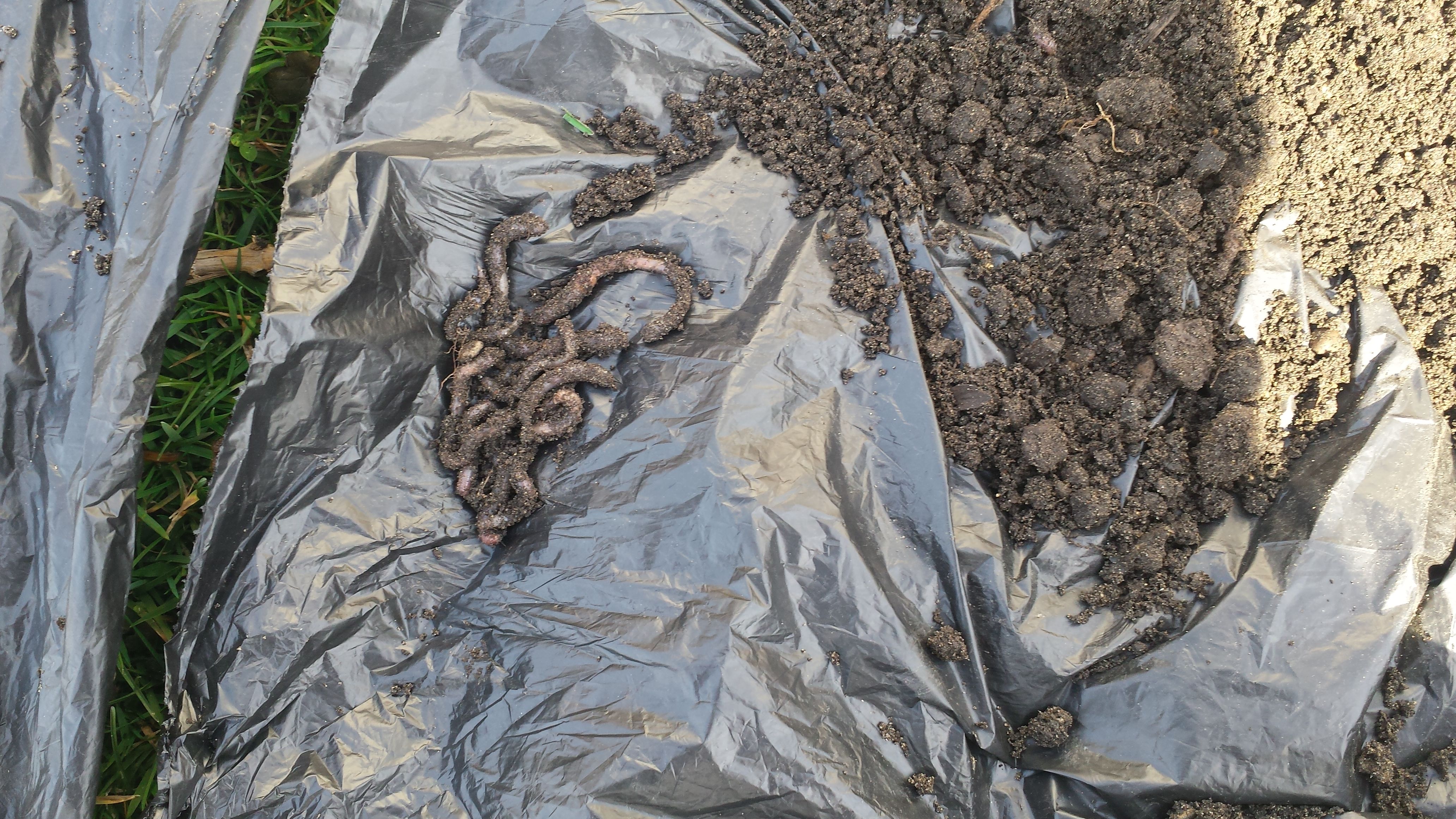
The worm count for this bed was 12 per cubic foot. I was pleasantly surprised that it was high. I was expecting less.
I like to use a lot of compost but I've never been able to make enough. You can always buy it but it gets expensive. So, my favorite method of feeding my worms is
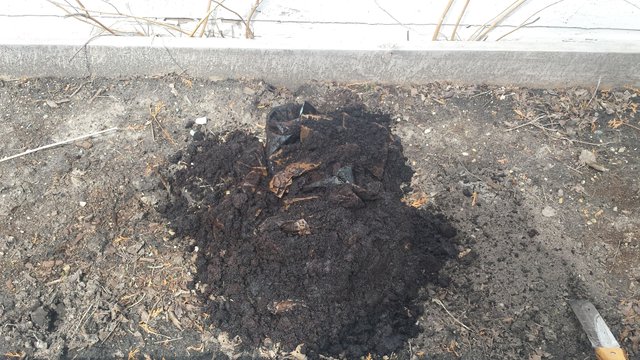
Coffee grounds. I don't produce enough of this either but if you go to your local coffee house at the end of the day you can get a free bag of grounds. They're usually only too happy to give them to you. These are courtesy of Bigby coffee in Mount Clemens, Michigan. The first thing to do is sift through them and throw away any filters you find. If you buy worm castings you can expect to pay $25 to $30 per bag. This is a much more economical and environmentally friendly way to go. Just rake them in to the top half inch of soil and let the worms go to work. Happy gardening, comments and advice are welcome.